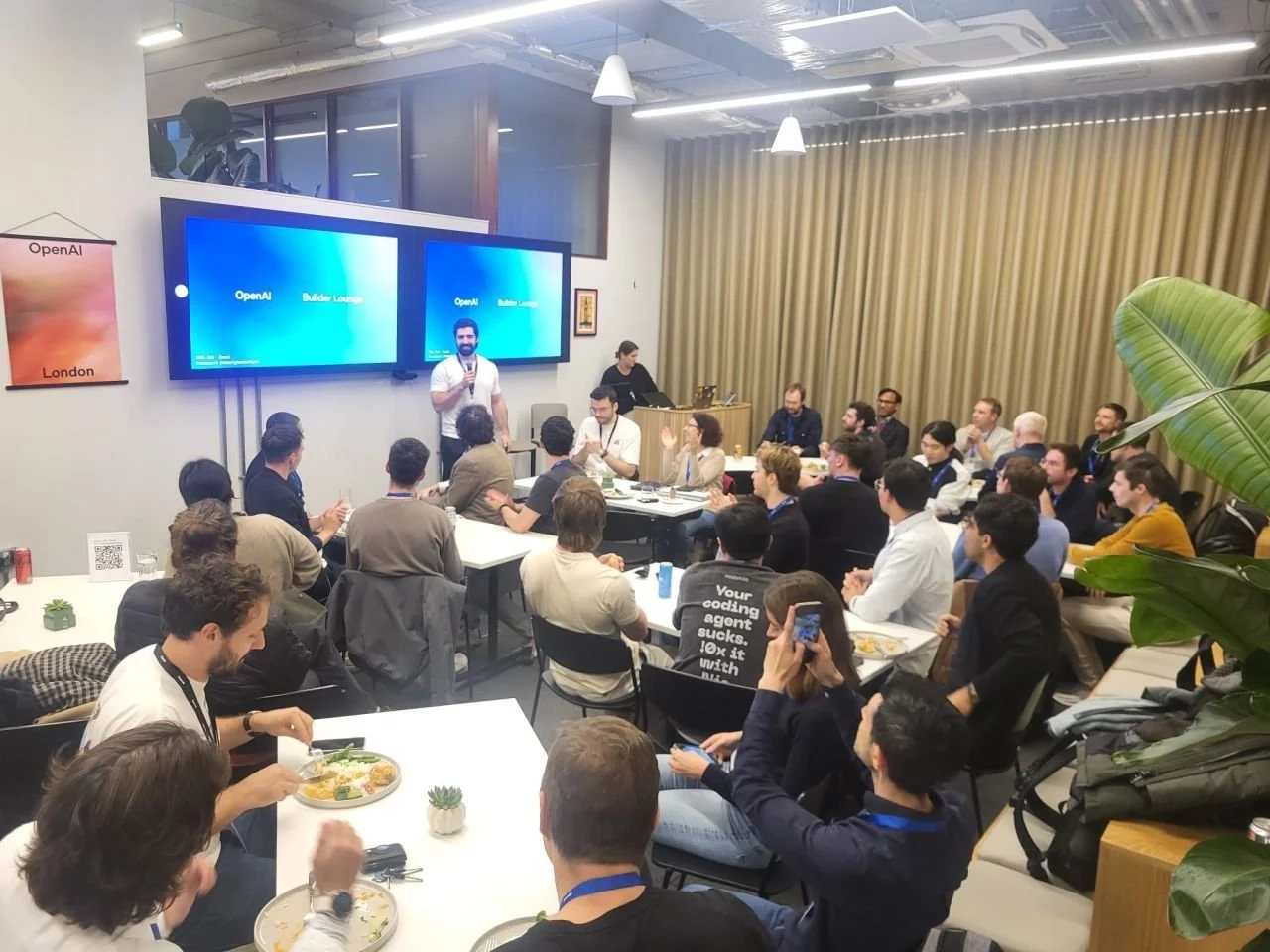Four common EdTech deployment mistakes
EdTech investments are often massive, yet failure rates remain high because institutions focus too much on features and too little on function and human integration.
Photo courtesy of Pexels
There is a need to move past the hype and look at what makes deployment successful: consistent teacher use and demonstrable student impact. When deployment fails, it's typically due to these four practical, avoidable errors that drain budgets and erode teacher morale:
Buying Features Instead of Fixing Problems
Problems arise when institutions select a platform because it has a long list of features, such as gamification, AI grading, and more, without verifying if those features solve the specific, documented instructional pain points of their teachers. This is technology chasing buzzwords.
For example, let’s say the technology doesn't directly address a clearly defined issue, such as low literacy scores in a specific grade or the need for more efficient parent communication. In that case, it becomes an extra step in a teacher’s workflow.
Teachers prioritize survival and efficacy. If the new tool makes their life harder or doesn't improve a measurable student outcome, they will stop using it. Deployment is immediately crippled when the tool is an addition rather than a solution.
Treating Training as a One-Time Compliance Task
Professional development is delivered as a single, large group training session focused purely on interface navigation (“click here to log in”, “here is where the button is”) rather than pedagogical integration. Teachers need to see how the technology fits into their actual lesson plan structure.
A survey showed that, on average, K-12 school districts access over 2700 unique EdTech tools annually, yet only about half of those tools were accessed monthly. This is not because the software is bad, but because teachers aren’t properly taught how to use it to achieve their teaching goals effectively and efficiently.
Successfully deploying EdTech is not just a software task; it involves the entire physical and organizational environment. This includes everything from reliable network infrastructure to the availability of metal lockers and hardware storage for device security. Ignoring these physical, logistical needs dooms even the most comprehensive training program.
The 'Top-Down' Mandate Without Ground-Level Buy-In
The final EdTech product is selected solely by administrators or the IT department and then mandated for use by teaching staff without prior piloting or a feedback cycle. Imposing technology eliminates teacher ownership. Teachers know the nuance of their classrooms and often spot logistical or instructional flaws in a platform that vendors or central office staff miss.
When teachers feel ignored, resistance is not technical; it is emotional. True buy-in requires early and genuine involvement, allowing teachers to pilot different options and voice their concerns about usability and curricular fit. This collaborative approach ensures the deployed technology is actually usable and wanted on the front lines.
Ignoring Data Infrastructure and Technical Interoperability
Deploying a new system that doesn’t seamlessly integrate with existing critical platforms, like the Student Information System (SIS) or Learning Management System (LMS), leads to forced manual data entry. Every minute a teacher spends manually moving scores or updating student lists across non-integrated systems is a minute taken away from instruction or planning. This error creates a massive administrative friction, immediately killing the efficiency argument for the new tool.
A 2024 report on EdTech integration found that over one-third of district leaders cited "Interoperability" as a top challenge in their technology planning. A successful deployment requires clear integration pathways; if the new system forces double work, frustrated users, who value their time, will discard it.
Endnote
Successfully integrating EdTech requires a fundamental commitment to the user experience in the classroom. By avoiding these four practical pitfalls, focusing on problem-solving, providing sustained skill training, securing teacher buy-in, and ensuring technical integration, institutions can turn expensive licenses into genuine educational impact.




















